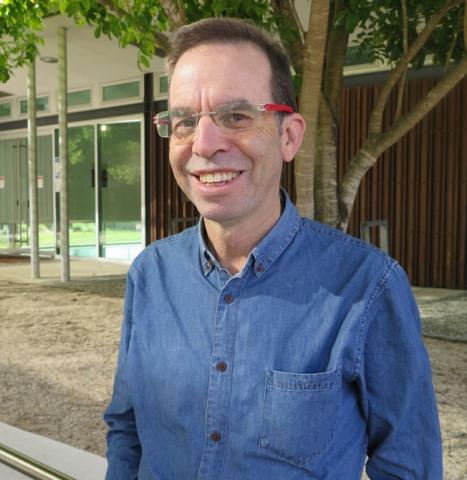
With recent data predicting the Gold Coast could run out of developable land by the 2030s, it’s time we looked at some creative ways to make the most of what we’ve got, as the city’s population continues to boom.
There’s already a stunning example of housing innovation here on the Gold Coast in Southport’s ENVI Micro Urban Village where an underutilised suburban block with one freestanding home became 10 freehold micro-lots suitable for a range of household types.
The brainchild of architect Amy Degenhart, the Lenneberg St development is the sort of project all levels of government should be looking to emulate as part of the discussion around increased housing density on the Gold Coast. Let’s clear the way for more of these to happen.
Finding new ways to create housing in areas already well serviced by public transport, schools, hospitals and retail infrastructure through infill development will be crucial to solving the housing crisis.
But it’s also vital that we consider how we can best utilise greenfield development sites.
According to the 2023 Gold Coast Dwelling Supply Study current greenfield sites will deliver 17,564 dwellings by 2041. Around 44 percent of those will come from high-growth Coomera, and much of the rest will be spread across three projects including Worongary’s Skyridge development.
While Skyridge is commonly thought to be sold out, there are still around 2000 lots to be released over the next 10 years. Which begs the question, should we be speeding up the land release process? The answer, however, is not a simple one: a degree of land-banking is critical to longer-term development feasibility.
Ensuring there are local facilities such as retail shops, health centres, community and neighbourhood centres and childcare are available within the development for new residents is one [OR: another] aspect.
Often these are designated as part of a masterplan and their use defined early on but may not be viable for investors or business operators until the full release of land is completed, leaving them empty.
The Gold Coast already has the ‘SOHO’ model of ‘small office/home office’ terrace houses, which were pioneered at Varsity Lakes by Delfin Lend-Lease twenty years ago.
Located in a future village centre, this flexible building type can move between housing and business use as a new suburb develops and matures, thereby providing business opportunities and returns to both investor and community from an early stage.
In Western Australia, schools and local business areas have been able to be provided earlier in a new suburb’s life through creative partnerships between state government and developers, with buildings being designed for earlier delivery and for subsequent change in use as the suburb reaches population thresholds for viability.
It’s an option that could be part of a short to medium term solution to the Coast’s current housing crisis, while providing flexibility for the future.
Designing these precincts in a flexible way allows a more immediate response to current market conditions without compromising future options.
Then there’s the fraught question of external infrastructure – roads, transport and other major projects, commonly provided by State Governments and funded through developer infrastructure charges.
Early release of land for staged projects raises the question of whether existing infrastructure could cope with a sudden influx of new residents, and how quickly new infrastructure could be delivered.
Infrastructure charges imposed by local governments are a hotly contested issue when it comes to development. Many argue that governments are underfunding infrastructure like roads and transport, and the contributions expected from developers simply aren’t high enough.
Developers, on the other hand, argue that they impact the financial viability of projects and increase costs for customers as the charges are passed on to buyers.
Like most sticky problems, there’s no single solution and often more questions than answers. But with innovation, collaboration and compromise from the community, industry and all levels of government we can start to shift the dial on the Coast’s housing crisis.
Dr Daniel O’Hare is an Associate Professor of Urban Planning in the Faculty of Society and Design.